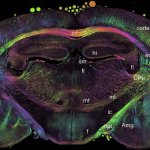
News • Mental disorders
Imaging method maps alterations in brain
Scientists have developed a neutron-based method to study brain slices and gain a better understanding of neurological diseases.

Scientists have developed a neutron-based method to study brain slices and gain a better understanding of neurological diseases.
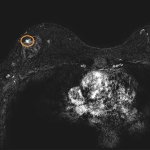
Annual MRI screenings starting at ages 30-35 may reduce breast-cancer mortality by more than 50% among women who carry certain genetic changes in three genes, according to a new modeling analysis.

Precision, speed and simplicity of use. Safety for patient and X-ray technician. Reduced total cost of ownership. These are the benefits of the first Multi-Scan Body CBCT developed by NewTom.

In radiology, it is important to place patients safely and precisely. This works with the "GetUp®" holding system from Febromed.

The combination of a novel blood test and magnetic resonance imaging can reduce overdiagnosis of low-risk cancers as well as societal costs in prostate cancer screening, according to a new study.

Under the roof of integrated diagnostics, radiology, laboratory medicine and pathology are forming a powerful alliance. Hedvig Hricak, MD, PhD, explains the potential for cancer patients and details the role of radiologists within the construct.

When a patient suffers a stroke, speed in treatment can mean the difference between successful recovery, permanent disability, or death. For Christopher Hess, success in stroke diagnosis is a question of workflow and efficient care delivery.
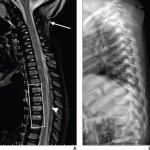
According to new research, whole-spine MRI commonly demonstrates isolated thoracolumbar injuries in children with suspected abusive head trauma.

Researchers have studied the Spaceflight-Associated Neuro-Ocular Syndrome (SANS). For that they compared brain scans before and after spaceflight.
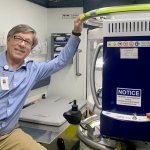
Doctors work on initiatives to cut down the steps that need to happen between the time a stroke patient is wheeled through the ambulance bay until treatment can begin.
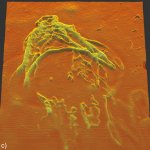
Ever since the Abbe diffraction limit of conventional microscopy has been surpassed, super-resolution techniques have been diving ever deeper into the most miniscule details of molecular structures. We spoke with Prof. Dominic Zerulla, whose company PEARlabs is developing an imaging technique that sets out to push the boundaries once more – by looking at in-vivo nano-scale processes in motion.
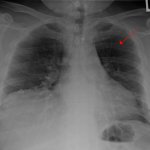
A new study has found that AI can help physicians in interpreting x-rays after an injury and suspected fracture. This has the potential to improve diagnostic performance and efficiency.
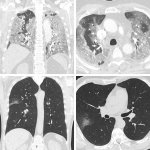
Radiologists in Paris have developed a standardised simple visual lung damage CT severity score for Covid-19 patients who do not have symptoms of severe acute respiratory syndrome (SARS) at the time of initial treatment.

When the coronavirus first struck in the US, hospitals in New York City were the first to feel the impact. Radiologists Professor Judy Yee, M.D., and Mark C. Liszewski, M.D., describe the lessons learned and talk about their firsthand experiences.
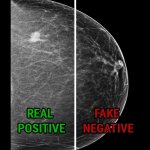
Artificial intelligence (AI) models that evaluate medical images have potential to speed up and improve accuracy of cancer diagnoses, but they may also be vulnerable to cyberattacks.

Mammograms are a safe, effective way to detect the presence of breast cancer in women. But doctors recommend most females should start getting mammograms after the age of 40 in part because the procedure involves small doses of ionizing radiation. While the risk of getting breast cancer is higher for older people, it can strike at any age. Studies show that 5% to 7% of females with breast cancer…

At the BIR virtual congress, spinal imaging specialist Professor Elizabeth Dick focused on approaches and protocols for a range of spinal injuries and discussed assessment and imaging strategies, choice of modalities, and other key factors.

Gender-specific benefits of women should have a greater impact in interventional radiology (IR). But also, the field should see more women practicing the craft, two experts stressed at the most recent annual JFR meeting.
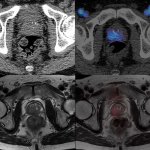
PET/MRI is offering new imaging opportunities for cancer patients at various points along the care pathway with its ability to assess different biological processes and its increased specificity.

Professor Regina Beets-Tan, President of the European Society of Radiology (ESR), looks on possible future developments in cancer imaging. AI is very promising in this regard, 'However, it has proven to be a problem that the data with which the artificial intelligence is fed must be very homogeneous,' the expert observes.
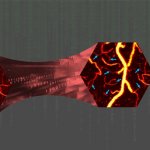
Researchers at the McKelvey School of Engineering at Washington University in St. Louis found a way to significantly reduce the noise and maintain image quality while reducing the laser energy needed to generate images by 80%.
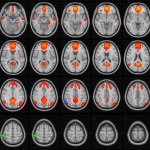
Adolescents and young adults with post-concussive symptoms who suffered three to five concussions showed disruption in the default mode network, an interconnected network of brain regions involved in wakeful rest and internal thoughts.
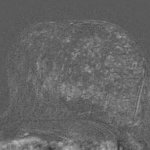
Intrauterine contraceptive devices (IUDs) appear to have systemic effects on the body like those of hormone replacement therapy, according to a breast MRI study being presented at the annual meeting of the Radiological Society of North America (RSNA).

For nuclear medicine specialists, 2021 may be heralded as a banner year validating the use of theranostic technology to treat cancer. Long-awaited results from the international phase 3 clinical VISION trial spark confidence in many experts.
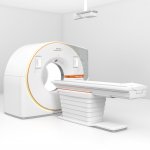
For the Siemens Healthineers team developing new and ever higher performing computed tomographs is daily fare. But when they introduced their most recent CT system an unusual sense of pride was palpable. The photon-counting detector in the new Naeotom Alpha scanner is different from previous models and achieves a level of detail hitherto unknown.